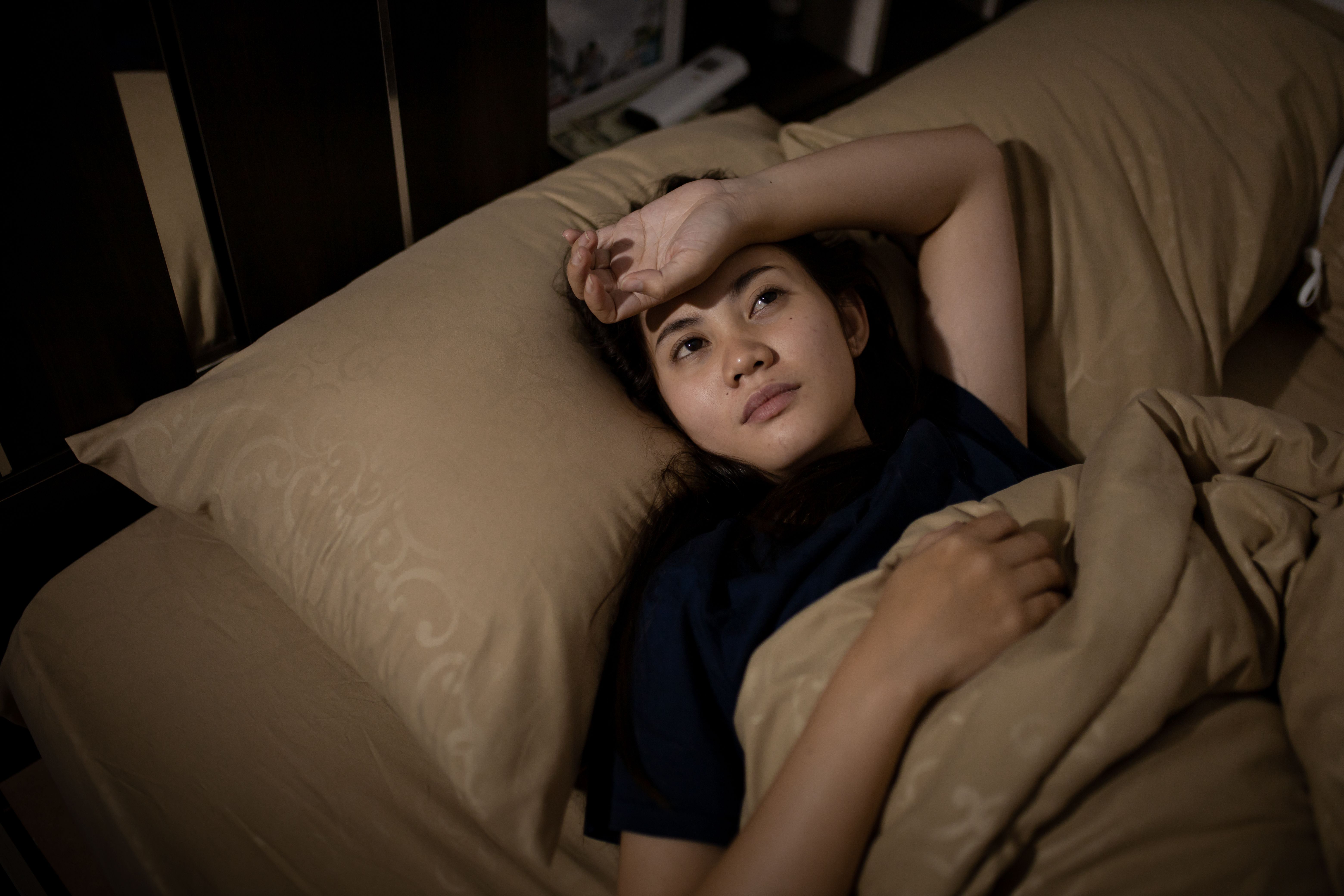
CONFERENCE REPORTER
Investigators offered new section 3 knowledge on seltorexant in contrast with quetiapine prolonged launch (XR) as adjunctive therapy for main depressive dysfunction (MDD) with insomnia signs on the 2025 Psych Congress in San Diego, CA. Whereas seltorexant didn’t meet the first endpoint of a current section 3 research, it might nonetheless successfully handle an vital unmet medical want in MDD.1
Seltorexant is a first-in-class, selective, high-affinity, orexin-2 receptor antagonist that treats melancholy symptomsby normalizing manifestations of hyperarousal and selling physiological sleep. In response to outcomes of a current section 2 research, seltorexant demonstrated antidepressant results in contrast placebo in members with MDD, notably in these with insomnia signs.2
Within the section 3, worldwide, double-blind, active-controlled trial (NCT04513912), investigators evaluated the usage of seltorexant 20 mg or quetiapine XR (labeled dosage) as soon as day by day for 26 weeks, in members with MDD and insomnia signs and insufficient response to 1 to 2 antidepressants. Members aged 18-74 had been randomly assigned (1:1) to obtain both seltorexant or quetiapine XR whereas persevering with use of their background SSRI/SNRI. The first efficacy endpoint was response charge outlined as ≥50% enchancment from baseline in Montgomery-Åsberg Melancholy Ranking Scale (MADRS) whole rating at week 26. Members who discontinued early had been counted as nonresponders. Comparability between therapy teams was based mostly on stratified Cochran–Mantel–Haenszel check adjusted for area, age group, and baseline rumination stage.
Different efficacy endpoints included change from baseline to week 26 in whole physique weight, in MADRS whole rating, change from baseline to week 26 in Affected person Well being Questionnaire-9 (PHQ-9) whole rating, and alter from baseline to week 26 in Affected person-Reported End result Measurement Info System-Sleep Disturbance (PROMIS-SD) T- rating. Investigators based mostly comparability between therapy teams on blended mannequin for repeated measures with therapy, nation, age group, baseline rumination stage, time, and time-by-intervention interplay as components and baseline weight, MADRS whole rating, PHQ-9 whole rating, or PROMIS-SD T-score as a covariate.
At week 26, seltorexant confirmed a numerically better response charge (57.4%) than quetiapine XR (53.4%), however this distinction was not statistically important (4.0% [95% CI: -3.3, 11.3]). As to secondary endpoints, imply change from baseline to week 26 in whole physique weight (kg) was 0.5 (2.89) for seltorexant and a pair of.1 (3.93) for quetiapine XR; imply change from baseline to week 26 in MADRS whole rating was -23.0 (10.12) for seltorexant and -22.7 (9.54) for quetiapine XR; imply change from baseline to week 26 in PHQ-9 was -12.1 (6.36) for seltorexant and -12.5 (5.95) for quetiapine XR; and imply change from baseline to week 26 in PROMIS-SD T-score was -20.18 (11.70) for seltorexant and -21.07 (11.27) for quetiapine XR.
Though the first endpoint was not met, seltorexant confirmed comparable efficacy to quetiapine XR, and with enhanced security and tolerability, which signifies a good benefit-risk stability for additional growth as a possible adjunctive therapy possibility in MDD.
As to security profile, the general charges of treatment-emergent adversarial occasion and treatment-emergent adversarial occasions main to review intervention discontinuation had been decrease for seltorexant in contrast with quetiapine XR. Therapy-emergent adversarial occasions (≥5% of members) that had been 2 occasions as widespread with quetiapine XR in contrast with seltorexant had been somnolence, elevated weight, and dry mouth.
General, these and prior findings, alongside the novel focused mechanism of motion, recommend that seltorexant should successfully handle an vital unmet medical want in MDD, regardless of not reaching statistical significance.
References
1. Flossbach Y, Mesens S, Pandina G, et al. Seltorexant versus quetiapine prolonged launch as adjunctive therapy in main depressive dysfunction with insomnia signs: section 3 trial. Poster offered at: Psych Congress; September 17-21, 2025; San Diego, CA. Accessed September 18, 2025.
2. Savitz A, Wajs E, Zhang Y, et al. Efficacy and security of seltorexant as adjunctive remedy in main depressive dysfunction: a section 2b, randomized, placebo-controlled, adaptive dose-finding research. Int J Neuropsychopharmacol. 2021;24(12):965-976.